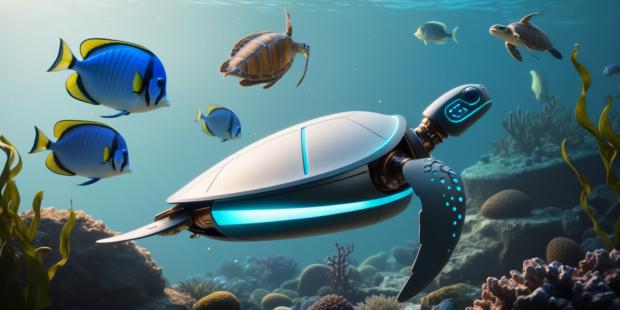
Breaking News
 Quantum walkie-talkie: China tests world's first GPS-free radio for border zones
Quantum walkie-talkie: China tests world's first GPS-free radio for border zones
 RIGHT NOW!: Why was lawyer Van Kessel, of the civil case on the merits in the Netherlands, arrested?
RIGHT NOW!: Why was lawyer Van Kessel, of the civil case on the merits in the Netherlands, arrested?
 PENSION FUNDS PANIC BUYING SILVER - Ratio Below 60 Triggers $50B Wave (Danger Next Week)
PENSION FUNDS PANIC BUYING SILVER - Ratio Below 60 Triggers $50B Wave (Danger Next Week)
 Dollar set for worst year since 2017, yen still in focus
Dollar set for worst year since 2017, yen still in focus
Top Tech News
 EngineAI T800: Born to Disrupt! #EngineAI #robotics #newtechnology #newproduct
EngineAI T800: Born to Disrupt! #EngineAI #robotics #newtechnology #newproduct
 This Silicon Anode Breakthrough Could Mark A Turning Point For EV Batteries [Update]
This Silicon Anode Breakthrough Could Mark A Turning Point For EV Batteries [Update]
 Travel gadget promises to dry and iron your clothes – totally hands-free
Travel gadget promises to dry and iron your clothes – totally hands-free
 Perfect Aircrete, Kitchen Ingredients.
Perfect Aircrete, Kitchen Ingredients.
 Futuristic pixel-raising display lets you feel what's onscreen
Futuristic pixel-raising display lets you feel what's onscreen
 Cutting-Edge Facility Generates Pure Water and Hydrogen Fuel from Seawater for Mere Pennies
Cutting-Edge Facility Generates Pure Water and Hydrogen Fuel from Seawater for Mere Pennies
 This tiny dev board is packed with features for ambitious makers
This tiny dev board is packed with features for ambitious makers
 Scientists Discover Gel to Regrow Tooth Enamel
Scientists Discover Gel to Regrow Tooth Enamel
 Vitamin C and Dandelion Root Killing Cancer Cells -- as Former CDC Director Calls for COVID-19...
Vitamin C and Dandelion Root Killing Cancer Cells -- as Former CDC Director Calls for COVID-19...
 Galactic Brain: US firm plans space-based data centers, power grid to challenge China
Galactic Brain: US firm plans space-based data centers, power grid to challenge China
Robotic sea turtle could soon be swimming in an ocean near you

Unveiled in prototype form last week at CES, the autonomous robot is designed for applications including ecological research, environmental monitoring, and disaster response.
As such, it can be equipped with hardware such as a water sampling unit, GPS module, ultrasonic sensors, and AI-enabled cameras. The latter reportedly allow it to perceive and react to changes in its environment, and to autonomously track/follow marine animals.
Because the RoboTurtle swims by quietly flapping its multi-jointed bionic legs, its designers claim that it should be less disruptive to wildlife than unnatural-looking robots with whining propellers. It additionally features a buoyancy control system that lets it rise and fall within the water column, and to float at the surface.
When floating, the robot can recharge its battery via solar panels on its back, plus it can transmit recorded data and receive updated mission instructions via satellite. The RoboTurtle's powered legs do allow it to come out of the water and drag itself along beaches, although it probably won't break any speed records when doing so.
While precise performance specs have yet to be released, a Beatbot representative tells us that the robot has a swimming speed close to that of a real sea turtle, and that it could conceivably swim all day if it were to periodically take solar-charging breaks.
And yes, the company (which is best known for its pool-cleaning robots) does plan to produce the Amphibious RoboTurtle commercially. We're told that its size and capabilities will be tailored for its intended use by each client.
That said, it likely won't be the only robotic turtle in the sea. Teams from ETH Zurich, the ARROWS project, and the National University of Singapore are all developing swimming turtlebots of their own.



